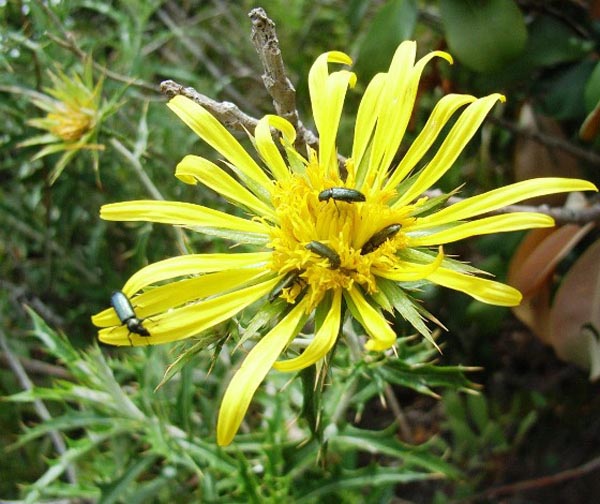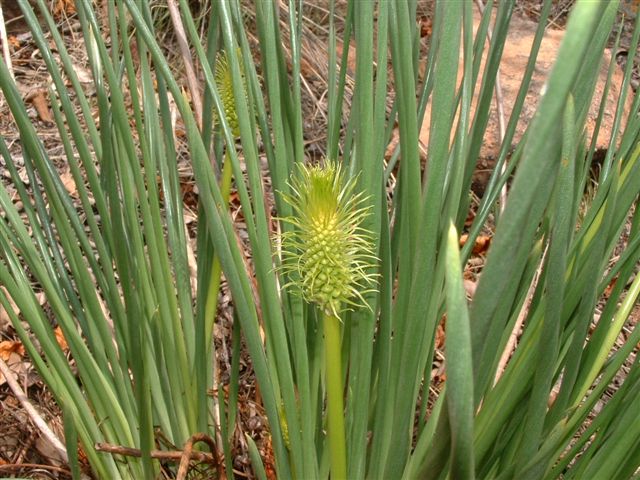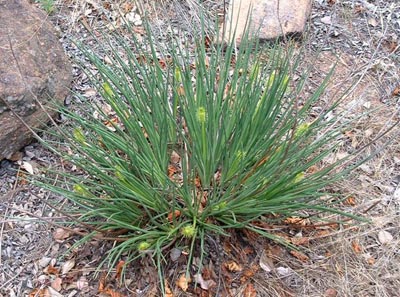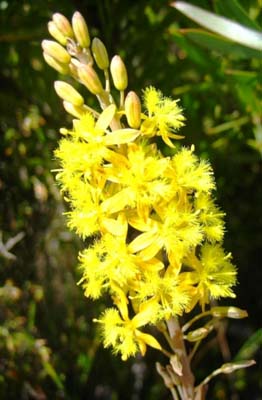|
Botanical name |
Acalypha peduncularis |
|
Other names |
Brooms and brushes; Acalypha caperonioides; A. punctata; usununundu (Zulu) |
|
Family |
Euphorbiaceae |
|
Dimensions |
Perennial, dioecious, multistemmed herbaceous plant of up to 40 cm in height |
|
Description of stem |
Several erect stems emerge from the base; green when young, turn reddish |
|
Description of leaves |
Ovate to broadly lanceolate; three or more prominent veins emerge from the base; the margins are toothed or serrated; apex sharply pointed; leaf somewhat folded in along the central vein; leaves sparsely haired on both surfaces |
|
Description of flowers |
On male plants many erect, pinkish-brown racemes occur, up to 12 cm in length, later may become pendulous; small, densely clustered flowers, whitish or cream anthers when open, no petals; female plants have singular or paired terminal red to white flowers consisting of a group of erect, thin red styles |
|
Desciption of seed/fruit |
Three-lobed small capsule, about 4 mm in diameter |
|
Description of roots |
Branched rhizome |
|
Variation |
|
|
Propagation and cultivation |
Grown from seed |
|
Tolerances |
|
|
Uses |
Used in gardens for herbaceous borders; used in treatment of chest complaints and coughs |
|
Ecological rarity |
Common |
|
Pests and diseases |
|
|
Other |
|
|
Location |
Grassland, sour grass, disturbed veld, prominent after veld fires |
|
Distribution (SA provinces) |
Gauteng; North West; Kwazulu-Natal; Eastern Cape |
|
Country |
South Africa; Zimbabwe; Swaziland; Mozambique |
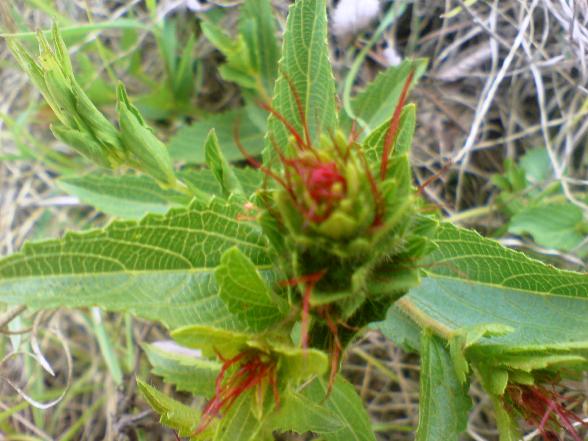

- Hits: 8935


